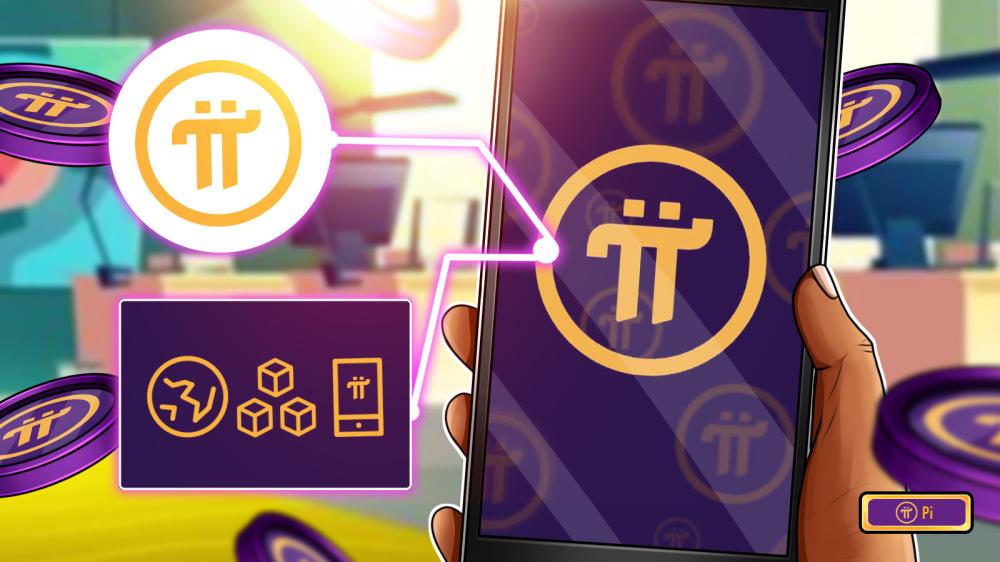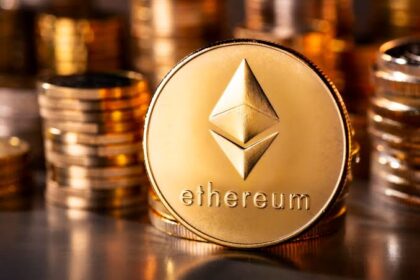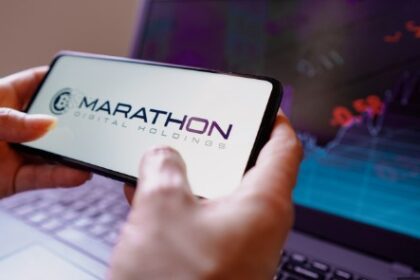A more affordable Tesla would be a definite way to attract a new group of potential buyers. Instead, Tesla’s CFO declared at the event that the company would concentrate on the “efficiency” that is currently highly popular in Silicon Valley in order to raise the $175 billion needed to make the necessary expenditures to reach its 20 million-car-per-year ambition.
Musk himself indicated at a Morgan Stanley conference this week that there’s a “clear route” to “a smaller vehicle that is half the production cost of the Model 3,” Tesla’s lowest vehicle with a starting price at roughly $43,000.
Yet, given Tesla’s delivery of about 1.3 million vehicles last year, it still has a long way to go to meet Musk’s goal. Where exactly should it begin in order to become more effective? With batteries, arguably the most expensive EV component of all.
According to Benchmark Mineral Intelligence CEO Simon Moores, “a variety of cost controls need to be enforced across the supply chain” in order to develop a really viable low-cost EV. None more so than batteries, which Tesla did not sufficiently highlight at Investor Day.
Lithium is likely the most important of the key metals needed for batteries, the rechargeable workhorses of EVs that essentially power the entire vehicle. The issue is that there is a vast supply of lithium and record high pricing.
If Musk is serious about delivering EVs that everyone can afford, he’ll need to get serious on bringing the costs of batteries down. Failure to do so risks ceding the market to hungry competitors. But if it can pull it off, Tesla has a clear path to expansion.
Although Tesla used last week’s event to announce new initiatives to help its effort to make affordable EVs, such as a new $5 billion Tesla gigafactory in Mexico, it didn’t really explore strategies to lower the high costs of its battery raw materials, including lithium.
According to Moores, the lithium utilized in Tesla’s upcoming electric vehicle (EV) would need to be in the form of lithium iron phosphate (LFP), which can be used to manufacture cheaper, safer batteries.
Tesla has committed to LFP technology, confirming that almost half of its vehicles produced in the first three months of 2022 were LFP-based. There are, however, a few problems with this approach. Musk himself said at the Investor Day event that though “there’s enough lithium in the United States to electrify all of Earth,” the limiting factor is transforming the metal into battery-grade materials.
Although the US is one of the five nations with the biggest lithium reserves, along with China, its production output is very low. Paul Guedes, head of capital markets at Nano One Materials, a Quebec-based manufacturer of lithium-ion batteries, stated that China, on the other hand, controls 99% of the LFP industry.
A contract Tesla made with Chinese battery provider CATL in 2020 has contributed to the growing share of LFP automobiles on the market. This may be a contributing factor in why Musk encouraged listeners to enter the lithium-refining industry during a chunk of last year’s earnings calls and Investor Day.















